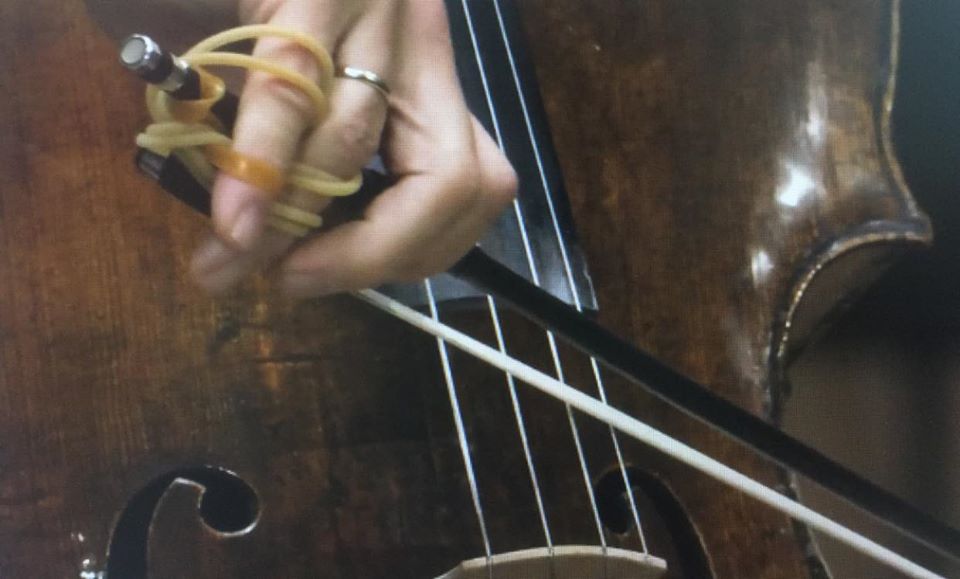Do you wear rubber bands?
mainHot topic on a cello chatsite:

While watching a Berliner Philharmoniker performance, I saw this on the cellist fingers. Anybody else does this?

Hot topic on a cello chatsite:

While watching a Berliner Philharmoniker performance, I saw this on the cellist fingers. Anybody else does this?
The Southwest Florida Symphony has announced closure. FORT…

The conductor, who is suffering from the recurrence…

A GoFundMe has been raised in memory of…

We have been informed by one of her…

Session expired
Please log in again. The login page will open in a new tab. After logging in you can close it and return to this page.
Comments